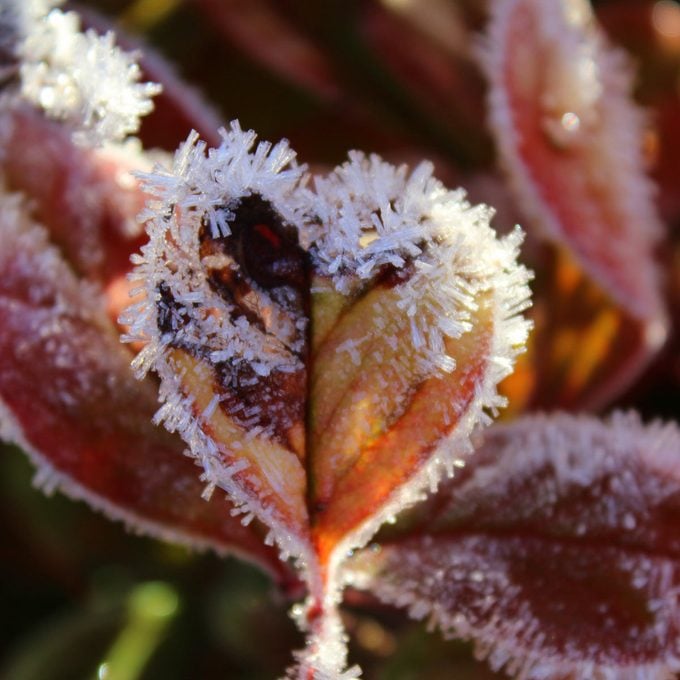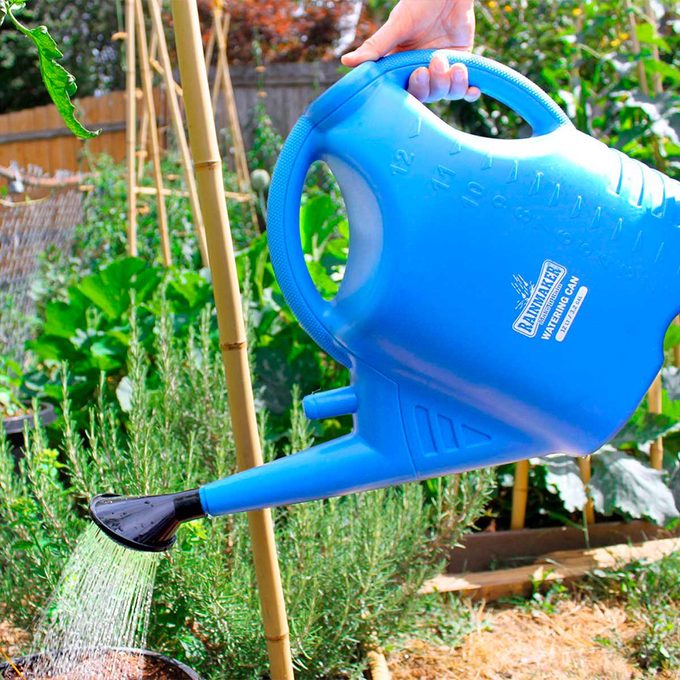Protect Your Plants from Frost During a Cold Snap
Updated: Aug. 18, 2023
Don't leave your plants out in the cold by leaving them unprotected as frost approaches.

For those of us who live in areas that experience relatively mild winters—we are fortunate to be able to grow semi-tropical and/or tropical plants such as Bougainvillea, Lantana and Yellow Bells outdoors.
However, those same frost-tender plants whose colorful blooms we enjoy during the warm months, often need extra protection when cold snaps hit in winter. And even cold climate gardeners have to guess, “when is the last frost?”
When temperatures dip between 32 and 24 degrees F, damage to the foliage and sometimes even to the roots can occur.
On This Page
How to Protect Plants From Frost
So what can you do to help protect your frost-tender plants? Cover them during the cold hours of night. During the day, the soil absorbs the heat from the sun. By covering plants in the evening, the covering captures the heat the the soil re-radiates out into the night.

What Should You Cover Plants With?
You may be wondering what type of coverings to use for your frost-tender plants.
Well, you can do as we do and raid your linen closet for old towels, sheets and even blankets. Of course, burlap and frost cloth purchased from your local nursery work great as well. You can find frost protection cloth on Amazon.
When Should You Cover Plants?
Cover your plants at night and remove them during the day when the temperatures rise above 32 degrees F, so that the soil can warm up again.
Some outdoor plants won’t survive the harsh conditions of winter, bring them inside and use these tips for caring for them through winter.

Other Helpful Tips
Other tips that can help in addition to covering your frost-tender plants is to water your plants before freezing temperatures. This is because water releases heat during the night. You can also string Christmas lights around plants, which provide some heat. A single 100-watt bulb placed underneath the covering also adds extra protection, but take care that the bulb doesn’t touch the covering.
Succulents like some columnar cacti are susceptible to cold snaps. The tips of these cacti are where frost-damage is usually seen. You can easily protect them by putting styrofoam cups on top of each tip, which offers protection from frost damage. If you’ve got fruit trees, try these tips to protect fruit trees from frost.
What Not to Use to Protect Plants from Frost
One type covering the DOES NOT offer frost protection when in contact with the foliage of plants is plastic…
The areas where plastic touches the plant will suffer frost damage. So in this case, the plastic does more harm than good.
By following these tips for protection your frost-tender plants from frost damage, you will soon be enjoying their colorful blooms once spring arrives. It’s a good idea to follow these 20 tips on things to do in fall to prevent a catastrophe later.
So, keep an eye out for your local weather forecast and get your plant coverings ready when temperatures are forecast to dip to 32 degrees F and below. Which reminds me that cold weather is headed my way, so I had better cover my Lantana.
Plus, learn how to install a frost-proof outdoor faucet to save yourself some bigger headaches.